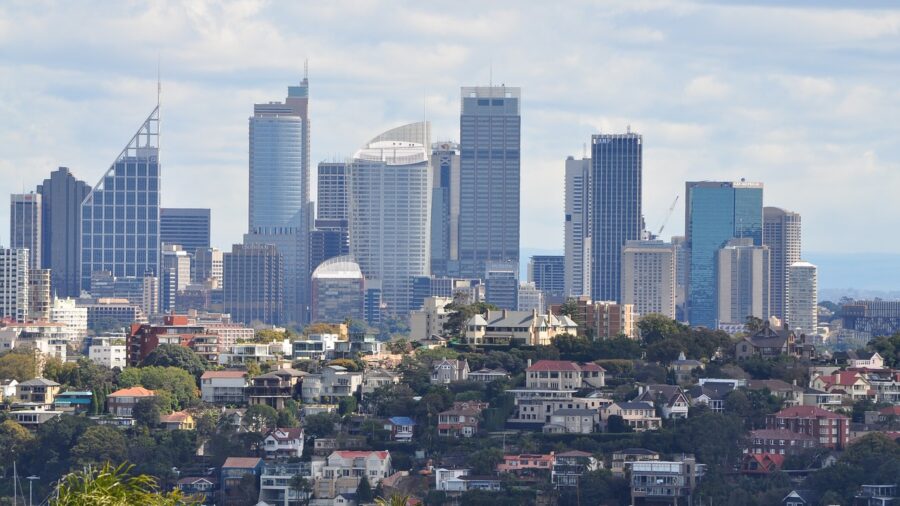If traffic fines are supposed to deter people, then fixed fines deter low income earners more than wealthy people. A new report by an Australian thinktank proposes Australia adopts the Finnish method of basing traffic fines on income.
Do fines stop you?
The idea of fines is to deter you from doing the same wrong thing again. The size of the fine relates to the seriousness of the offence. However, fixed fines punish low income earners harder, not because their offences are more serious, but because they can’t afford the fines.
If traffic fines are an incentive for drivers to obey road rules, they provide less incentive for higher income earners. In some ways, demerit points are more equitable as the wealthy driver can still lose their licence. Even so, the effect of losing a licence may be worse for someone who depends on it for a living.
Some US research shows speeding may even be a ‘luxury crime’. It found high-earners were much more likely to get a speeding ticket than lower-income drivers.
Day fines are based on income
The Finnish system for traffic offences uses ‘day fines’ where a fine represents a day’s income. Day fines are based on the driver’s income and number of dependants. The number of day fines is set for each offence, for example:
- Fail to stop at red light 14 day fines
- Fail to wear seatbelt 4 day fines
- Use mobile phone while driving 6 day fines
- Speed 37km over 21 day fines
In Finland, police can access information from the tax office in seconds. In Australia, the federal government collects income tax and the states collect traffic fines. So a day fine system could work only if the two quickly shared this vital information.
How much would day fines be?
The thinktank calculated how much motorists could spend on fines if income were taken into account. Here are some speeding fine examples:
| Income bracket | Current fine | Proposed day fine | |
| Speed up to 9kph | Highest | $181 | $379 |
| Lowest | $32 | ||
| Speed over 10 kph | Highest | $361 | $885 |
| Lowest | $75 | ||
| Speed 20-29 kph | Highest | $609 | $1,644 |
| Lowest | $139 |
People on low incomes would pay a lot less than they do now. The difference between fines for the lowest or highest incomes is large because it represents their ability to pay.
Those on government benefits can currently pay half price for relatively minor offences. However, these offences do not include speeding, mobiles, seatbelts or school zones etc.
Why traffic fines can affect the price of your green slip
If traffic fines provide an incentive for drivers to obey road rules, then the current system provides less incentive to higher income income earners to do so.
Some traffic offences attract demerit points as well as fines. Once you have one or more demerit points, you can expect to pay more for your green slip for up to 3 years.
The cost of a green slip is the same, whether you are a high or low income earner. For many, there is still a strong incentive to find the cheapest green slip.


your opinion matters: